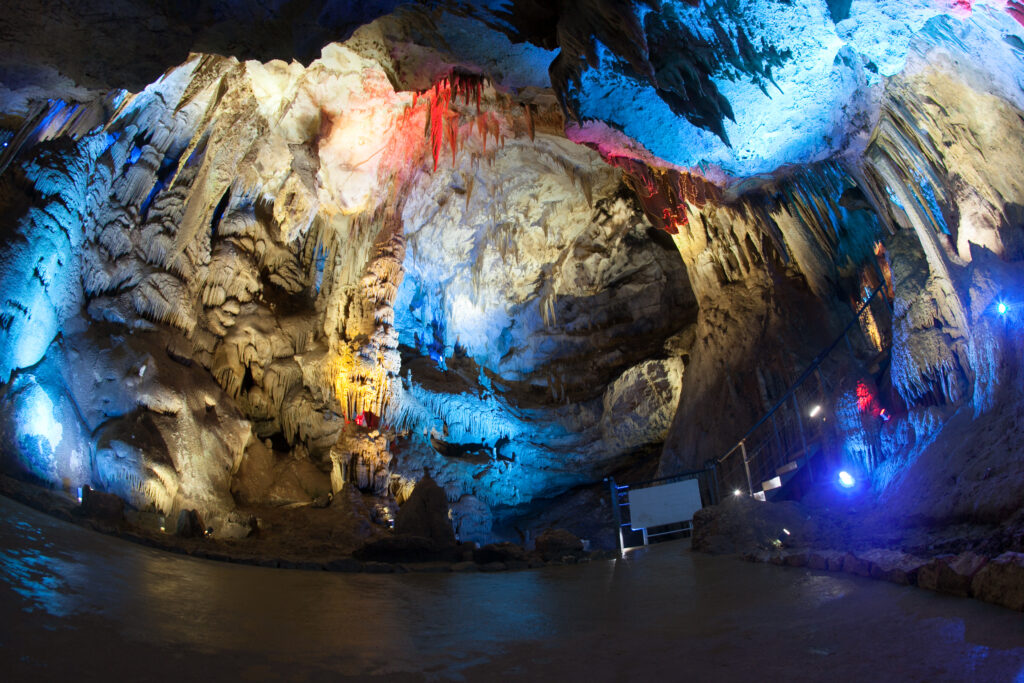The region of Imereti is situated on the beautiful Rioni River. The main city of the region is Kutaisi, the second biggest city in Georgia and Tbilisi’s traditional rival.
Besides its rich cultural heritage, Imereti is known for its viticulture, dairy products and orchards.
The region’s history dates back to ancient times. 3500 years ago the powerful and well-known Colchis Kingdom was established in western Georgia with its unique culture, education, political and military system. Archaeological excavations have exposed many valuable objects including stunning gold jewelry, agricultural tools and weapons from this period which can be seen at a special archaeological museum in Vani.
This central western region of Georgia borders the Likhi Mountain Range to the east, Tskhenistskali River to the west, the mountainous region of Racha-Lechkheumi to the north and Meskheti or Persati Mountains to the south. The forests and meadows in this region teem with wildlife.
The Imereti lowland is part of the Kolkheti Valley and enjoys a sub-tropical sea climate. Winter here is mild, while the summer is hot. The average annual temperature is 11-15 degrees Celsius. Upper Imereti has colder winters with more rain.
Imereti is home to two of the most unique masterpieces of Georgian architecture, the Bagrati Cathedral and Gelati Monastery Complex, both of which are protected by UNESCO and shouldn’t be missed by visitors to Georgia. Bagrati Cathedral, now in partial ruins, stands watch over the attractive city of Kutaisi and has been the home of Colchis kings since antiquity. The Gelati Academy and Monastery was one of the biggest religious, educational, scientific and philosophical centers of Georgia.
There are also numerous lesser known but intriguing historic and cultural landmarks dotted throughout Imereti. The Ubisa Temple is one of the most important examples of Georgian monumental painting while the striking Mgvimevi Monastery appears sculpted from the side of a cliff by butter knives. At Katskhis Sveti there are two mysterious churches built above a 40m high cliff. Thought to have been the home of hermit monks who came from the Middle East, they can only be reached by a testing climb up hanging stairs,
The colorful villages of Imereti also have a special charm, each with their unique characteristics to explore, from cool chambers of aging wine to the homes of pottery and Georgian cognac.
The Borjomi-Kharagauli National Park is a must see for outdoor enthusiasts. One of Europe’s true wildernesses, it covers more than 76,000 hectares of native forest and sub-alpine and alpine meadows, and is home to rare species of flora and fauna including lynx and golden eagle.
Sataplia Reserve is an example of Georgia’s karstic landscapes and the magic that happens when water meets limestone – grottos and caverns with the most gorgeous display of stalactites, stalagmites and mineral rock curtains. Over 200 footprints from dinosaurs have been discovered here. When you go, be sure to check out the local museum.
